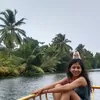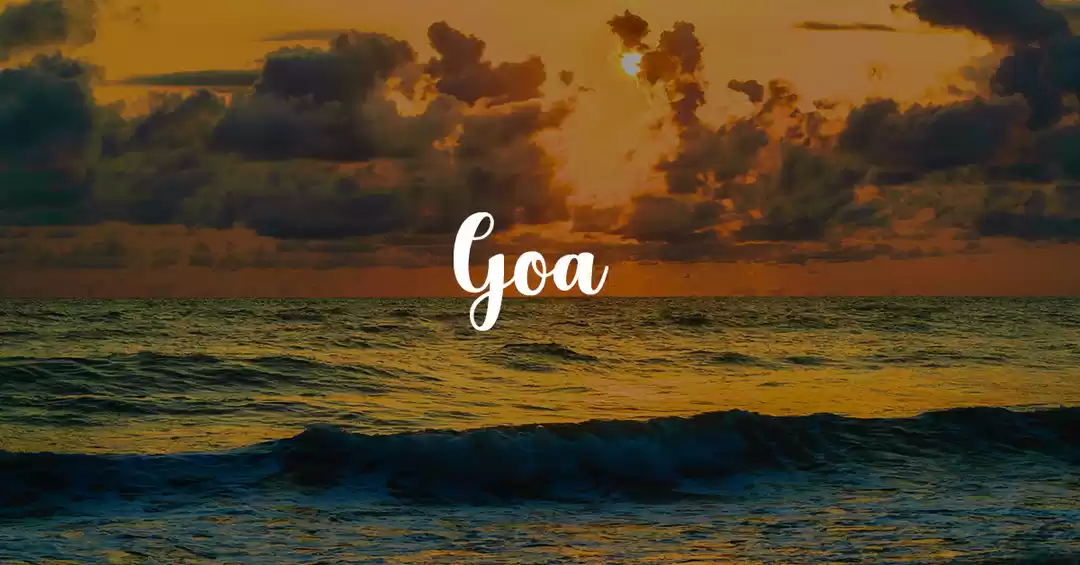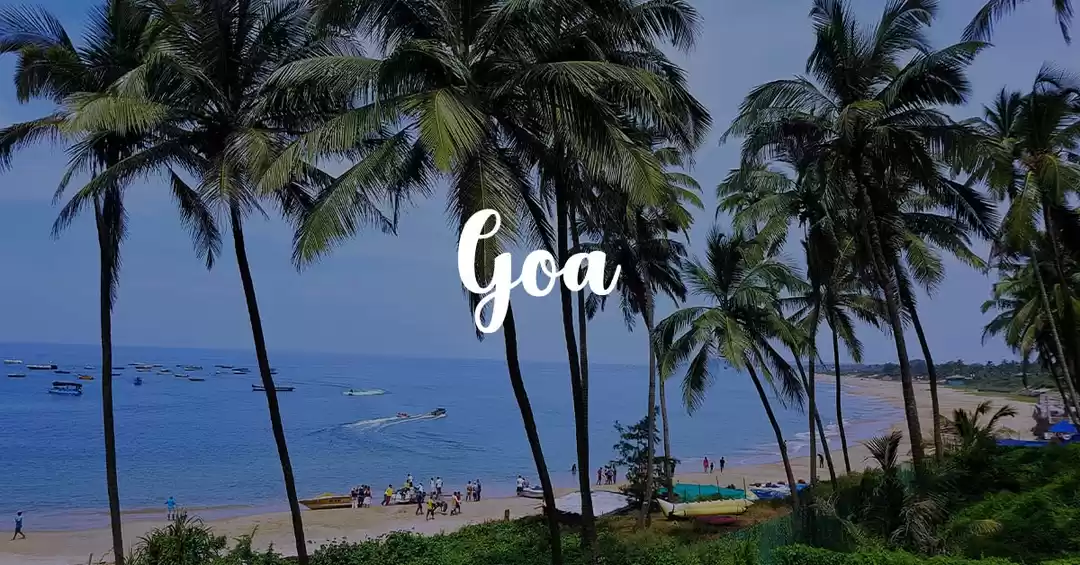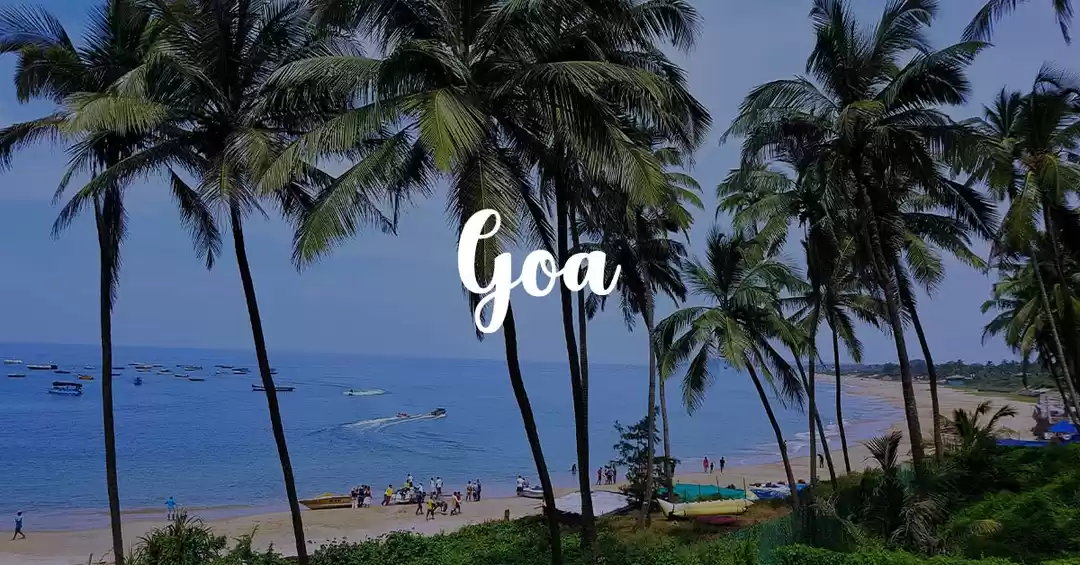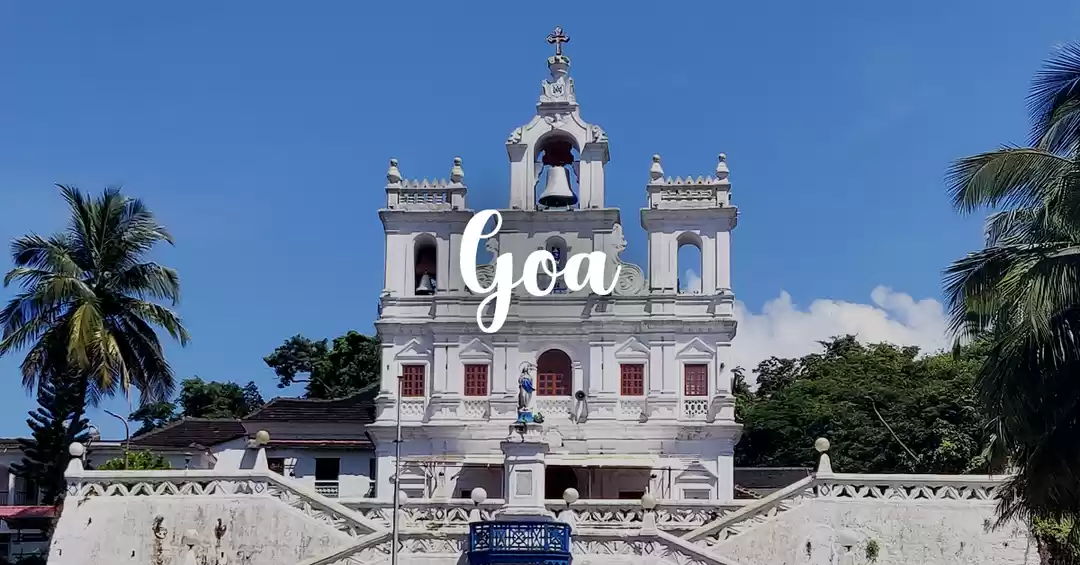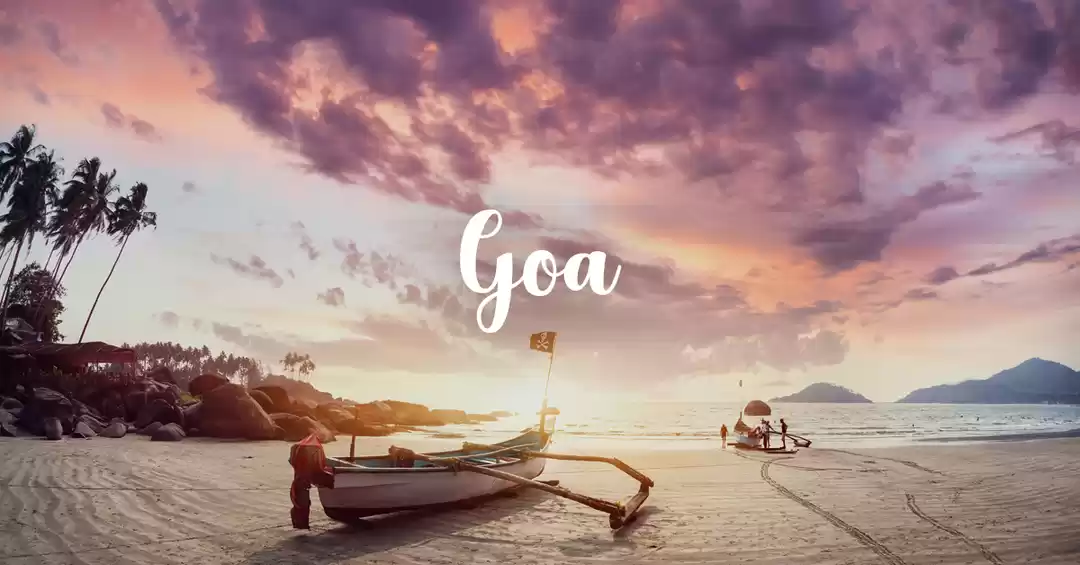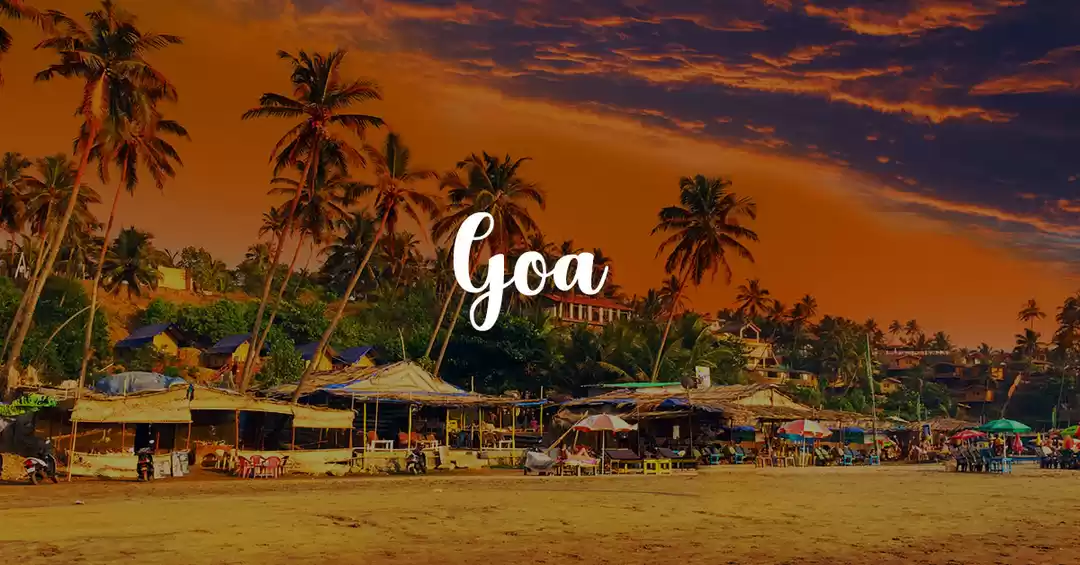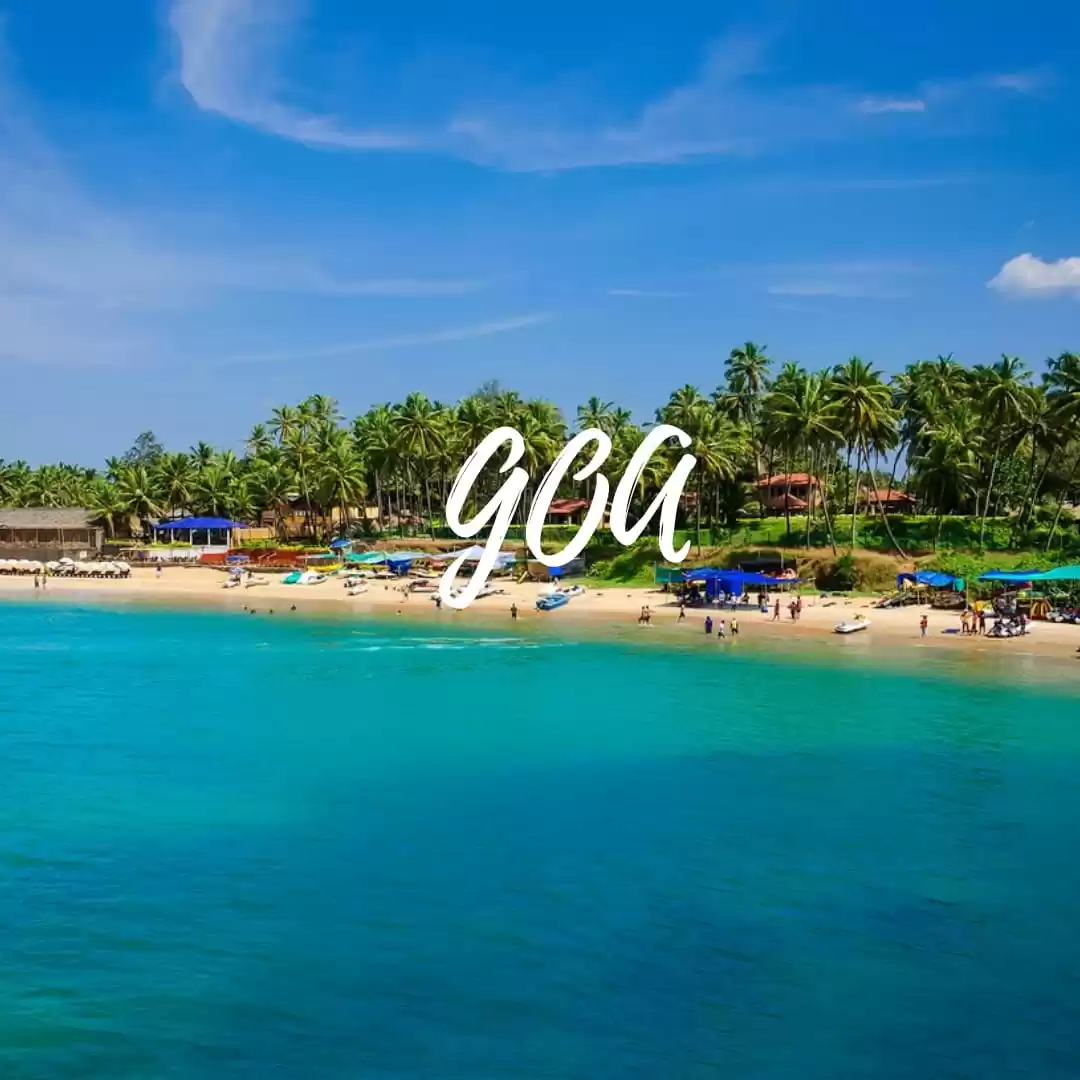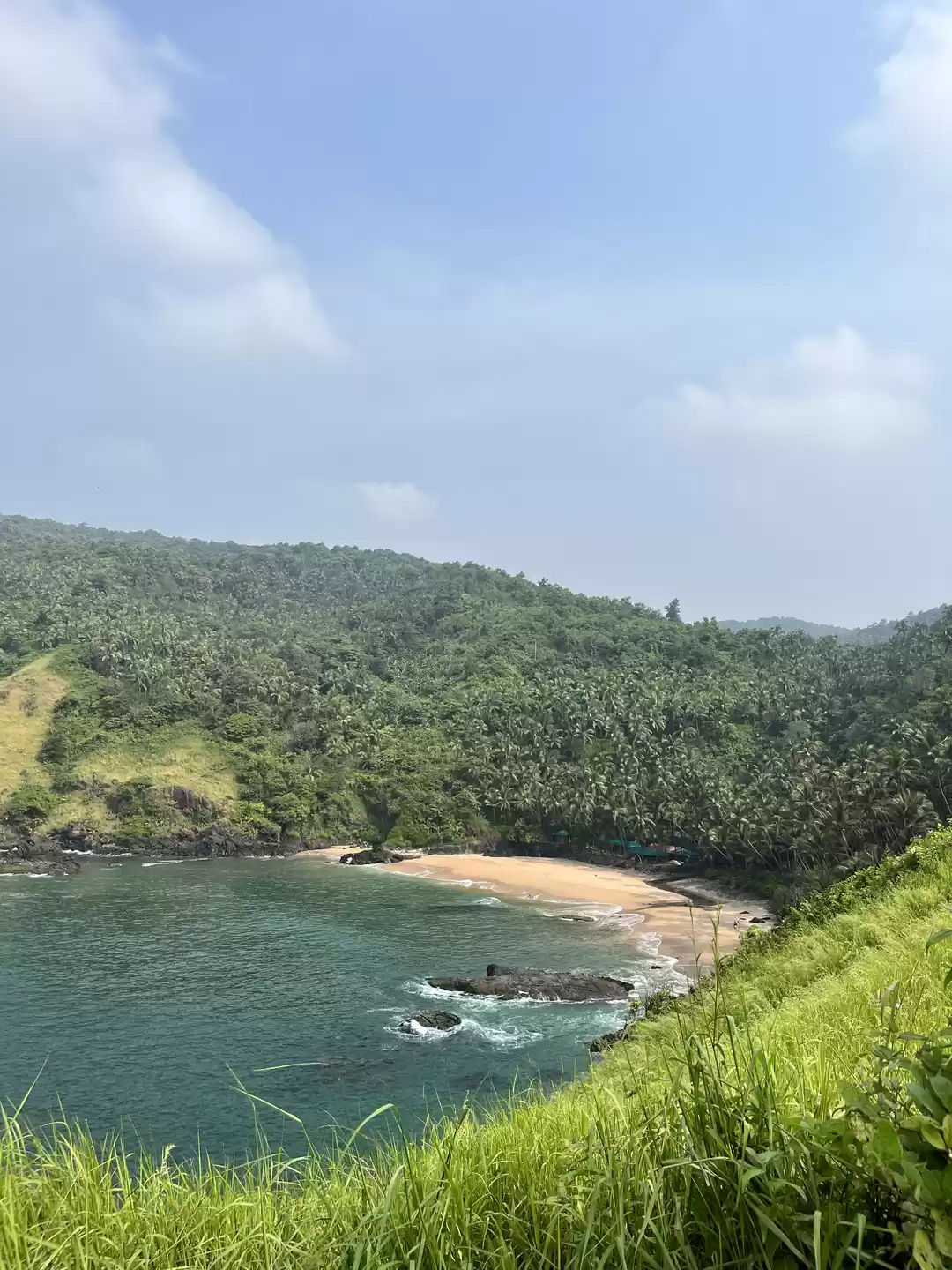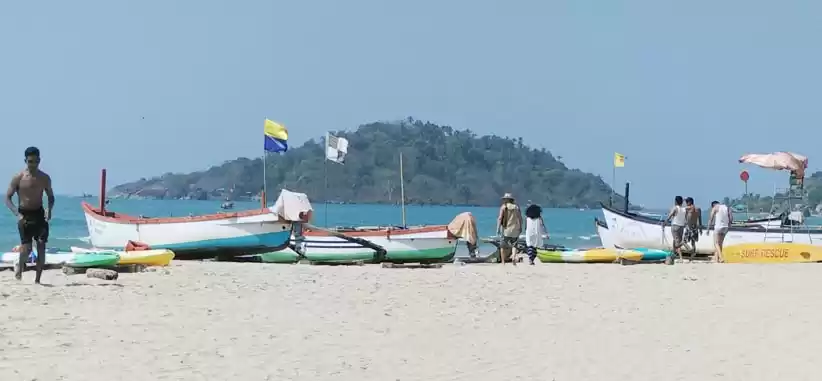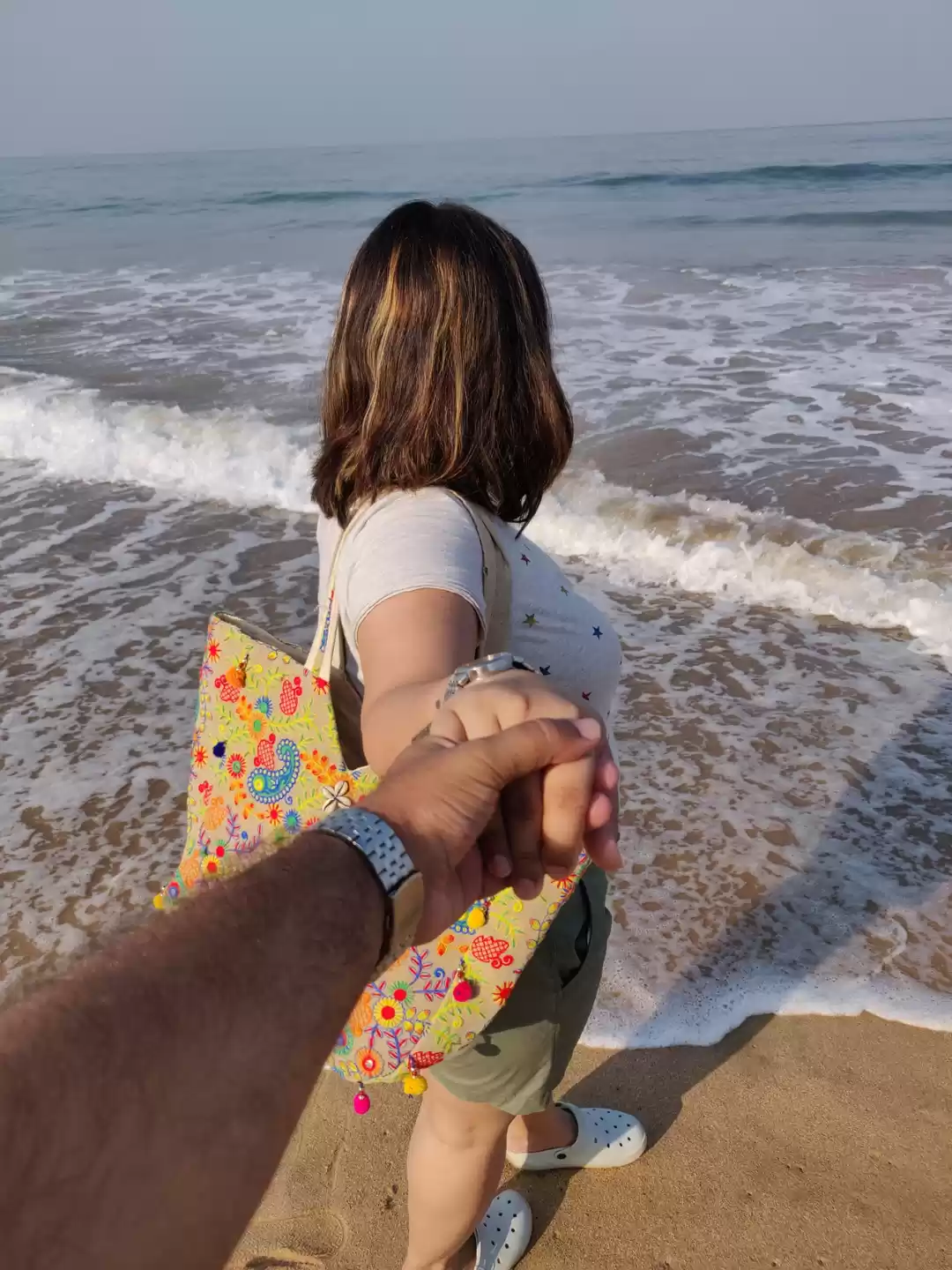There is a lot more to Goa than being the party capital of India. It is perhaps the only place in India where colonisation has not left a bad taste. The Portuguese culture has seamlessly interlaced itself with the Konkani soil and is fondly cherished and upheld with pride. While the Christian population is open to talk about the conversion practices, they have embraced the faith with open arms.
A large part of Goa is being aggressively moulded to leverage the business opportunity created due to the high inflow of national and international tourism. For example, most beaches are flooded with shacks pushing businesses while playing loud Punjabi soundtracks. However a large part of the small state specially down south lags behind and remains to be quiet, rooted and quite Indo European in character.
This time, my husband and I wanted to explore this mystical hinterland. The beaches are usually named after the villages they flank. We choose to stay in Benaulim, one such small sleepy fishing village.
We were welcomed by a lovely family of four in their Goan style home – Charlie, his Swiss wife and 2 lovely kids – a 9ish boy and a 6ish girl – very simple, warm and one with nature. They had built their house by themselves using the quintessential laterite stone and the Mangalore tiles. It had tall columns in the verandah and big windows for ample air and sunlight. They had grown fruits, vegetables, spices all around the house. There were frogs hopping around, butterflies flapping their wings. It was truly extra ordinary.
The road leading to the beach had nice places to sit and eat. We had our lunch at Yatra, a very humble Konkani restaurant, and had a wood oven baked pizza at Goodfellas for dinner. At Yatra, there stood a tree in the centre of the eating space making its way up the cut out in the shed. It made me reflect how most of the establishments are attempting to strike a harmony with nature and not trying to overpower it.
The Benaulim beach coastline merges with that of Colva beach in the north and Cavelossim beach in the south. It is a 22 km long coastline connecting these three villages. Owing to this long stretch and unencroached shore, it made an ideal strip to cycle on. We could see only a few shacks, few people, some kids and plenty of star fish. We walked around for hours, feeling the grains of sand in between our toes, watching the sky change colours from ochre to crimson to silver and the sun vanishing like an illusion.
In the morning, the breakfast table reminded us of the lavish Sunday breakfast back home, a very interesting mix of Swiss and Goan food – Swiss muesli and banana bread on one hand and Goan pav with Bhaji on the other. We had our breakfast in the company of the host himself discussing our lives, families, cultures, understanding his views on Goa’s government and policies. Emma, the prettiest little girl showed us around, her garden, her dog Shanti, the graves of her older pets. She smiled like flowers, befriended all the guests and added so much more charm to the stay.
The same evening Charlie was taking us for crab catching and fishing on the river Sal further down south. A very cheerful Sebastian had already laid the nets and the beef before we reached the dock. While he slowly rowed the boat, the group managed to gather half a bucket a meaty crabs and Emma, the seasoned fisherwoman also managed to catch a fish. As we sailed through the backwaters of Goa, Charlie kept acquainting us with the ecology of those swampy channels. The Russians in the group who were visiting India for their daughter’s wedding to a Goan needed a translation. Nevertheless, they were enjoying the warms tropics. Finally the catch was cooked and we dined on a beautifully lit shack by the river itself.
The following morning, Charlie drove us upto the Western ghats through a winding road fringed with rubber plantation. We were out for some trekking in the forest hills of Netravali, another small village almost on the border of Goa-Karnataka. From the moment we were introduced to tunnel crabs, we could spot them everywhere. All we could hear was the rustling of the leaves, chirping of the birds along with Emma and the gradually increasing burbling sound of the hidden waterfall leading our way towards itself. We arrived at the base of the waterfall, sat there with our feet immersed in water, got massaged by the pebbles beneath and tickled by the fish nibbling our toes. It was just the four of us and the wilderness.
On the way, we visited Tanshikar spice farm, an organic farm run by a family having crops such as coffee, vanilla, cocoa, betelnut, peppers cloves, cinnamon, nutmeg, mace and bee keeping as well. Because of Diwali, some farmers were on leave and therefore the farm trails were strewn with betel nuts that had fallen off the trees and weren’t picked yet. The daughter in law of the family gave us a tour of her farm and also took us to her 200 year old family mud house where we met her lovely daughters – proud farmers-to-be. Along with the tour, they also hosted a Konkani lunch for the guests. The raw cocoa mango shake that we had there is unforgettable.
In the evening, we went to the Braganza House, a 500 old Indo Portuguese mansion located in Chandor village. The house has a layered architecture having elements of the Goan heritage remodelled with the Portuguese influence. The 18th-19th generation since the time when the conversion took place still lives there and happily shows you around, the exquisite interiors of the mansion and the rare artifacts that it houses.
To mark the last evening with the family, we all went for the sunset together, had ras omelette at the beach. Emma had taken some flowers and trinkets to decorate her sand castle that she was planning to build. I still remember the sight of her chasing the waves to gather the wet sand they leave behind and then hastily returning back to her half built castle with the lump of wet sand tightly held in her small fists.

